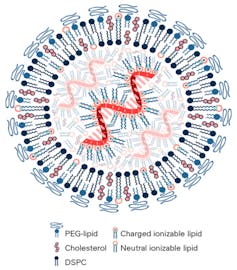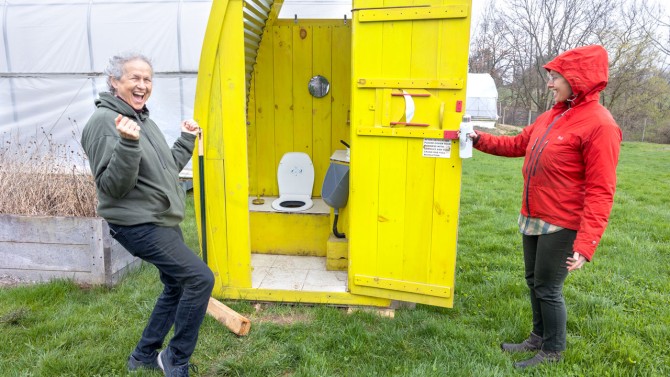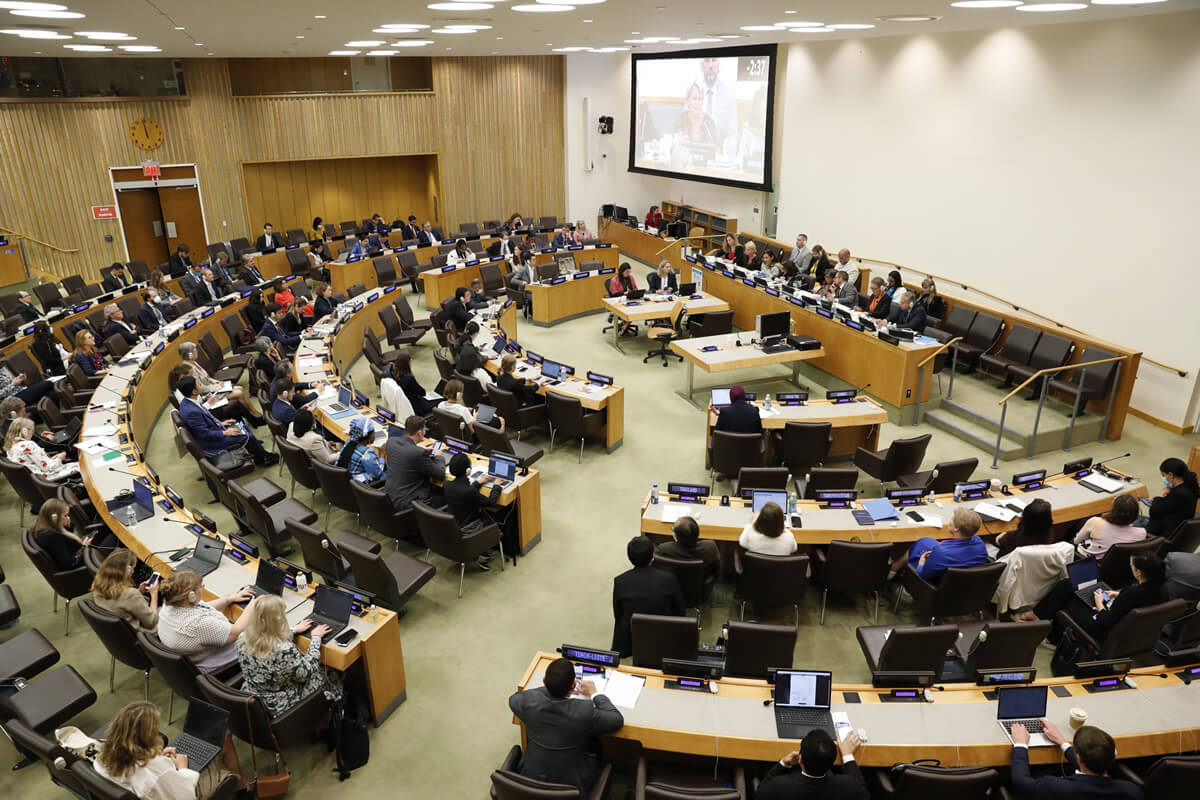THE release of the Grattan Institute’s ‘Getting off gas’ report is telling for what it excludes. The report admits it does not deal with LPG in any detail, so fails to capture the clear, commercially viable and relatively easy pathways for its transition to net zero in the short-term and actual zero emissions by 2045.
The Grattan report notes the great “Aussie BBQ is safe” and that the advent of “non-fossil substitute(s) such as hydrogen or synthetic LPG” means LPG has a viable future and even states that “where natural gas from pipelines is used, it should be possible for equipment suppliers to develop and sell conversion kits to change items to burn LPG”.
In fact, more and more Australians are turning on to LPG as an alternative to natural gas and electricity.
LPG use in Australia includes:
- Some 2 million households across metro and regional Australia (22% of all dwellings) for in-home cooking, hot water and/or heating.
- Note: The 750,000 homes cited in the Grattan report is not referenced, but asserts it is used for heating and hot water and is “unknown” for cooking. However, the 2 million figure comes from Australian Bureau of Statistics, Environmental Issues: Energy Use and Conservation 2014, combined with in-home LPG demand consistently increasing according to the Department of Industry, Science, Energy and Resources 2021 Residential Baseline Study. These reports cite cooking, hot water and heating.
- 130,000 businesses – covering:
- commercial uses in kitchens (restaurants, cafes, clubs, fish and chip shops), hospitals and schools for space heating and water heating, and recently as cargo shipping fuel, and
- industrial use in manufacturing fuelling furnaces for metals processing, as well as feedstock to make glass, plastic, metals, fertiliser, refrigeration, pharmaceuticals… to list just a few.
- Farm equipment to power water pumps and provide heating for crop drying, animal rearing and greenhouses (tomatoes and green leafy vegetables).
- Recreational uses covering around 6 million Aussie BBQs, 750,000 caravans and campervans, as well as camping and boating equipment, outdoor heating and hot-air ballooning.
“Not all gases are the same,” Brett Heffernan, CEO of Gas Energy Australia, said today. “From as early as 2025 net-zero renewable LPG (via bioLPG and, later, synthetic green H2-derived LPG) will be in the Australian market and will replace all conventional LPG by 2045.
“The huge benefit of rLPG is it’s a simple ‘drop-in’ replacement. That means no extra capital costs to homeowners, businesses or community groups using it. Existing cylinders, pipes and appliances require no changes.
“It’s a game-changer that negates the exorbitant costs of switching to electricity. If you have LPG you’re perfectly positioned. Your existing appliances will be net zero over the same timeframe as electricity, without the expense and hassle of switching.
“And rLPG will go even further to deliver actual zero emissions via technologies that create a closed loop, taking CO2 from the atmosphere to make the same LPG molecule. When the gas is burned, the impact on the climate is zero.
“Much has been made in the media today about the natural gas ban in the ACT. Importantly, the ban does not apply to LPG and Canberrans are already switching on to LPG. Since the ban on natural gas connections in new suburbs was flagged, LPG in-home installations have gone in at the rate of six per week.
“People like gas. And with it able to achieve zero emissions compared to electricity’s net zero, there’s even more reason to like it.
“While most people know LPG fires-up their BBQs, many are surprised that 2 million Australian households (22% of all homes) rely on it for in-home cooking, hot water and/or heating.
“With the independent Australian Energy Market Operator belling the cat on looming power shortfalls and potential major blackouts, rLPG will be an important complement to delivering reliable, affordable energy, while relieving pressure on an increasingly overburdened electricity grid.
“Residential case studies for NSW and Victorian LPG gas homes, over 830,000 dwellings in all, show the claims about electric appliances being better on costs and emissions are overcooked.
“Looking at appliance costs and energy bills, continuing with LPG remains lower cost for homeowners to the 2040s, when LPG and electrical appliance-use cost the same.
“Switching to the most efficient electrical appliances, households would incur $11,871 in upfront costs (appliance and installation), save a few hundred dollars over a year on bills, but would only reduce emissions by between 5.4kg (NSW) and 9kg (Victoria) per week. At best, that’s the volume of typical BBQ cylinder.
“In NSW it would take 14 years for homeowners to get a return on that investment. In Victoria it’s 12 years. It makes for very expensive carbon abatement at eight-to-20 times higher than the going rate for Australian carbon credits.
“Faced with these costs, families might opt for cheaper, though less efficient, electrical appliances thinking they’re still doing the ‘right thing’. But they’d be wrong.
“Emissions from cheaper electrical appliances are actually higher than sticking with existing gas appliances – LPG or natural gas. In NSW the emissions increase in switching from gas to lower efficiency electrical appliances is 640kg per dwelling a year and in Victoria it’s a whopping 960kg a year.
“This dispels the myth that electricity is, by default, cheaper and lower emitting than gas. But it gets worse.
“These costs are only for appliance replacement. What is often hidden from consumers are the additional costs as all-electric homes typically require upgrading from Phase 1 to Phase 3 wiring throughout. Depending on the size of the premises, these refit costs can run to $50,000 per dwelling. That’s serious coin in anyone’s language.
“LPG’s clear, commercially viable and relatively easy transition to zero emissions is a boon for customers that prefer gas and a breakthrough that smart governments will seize upon.”
[








